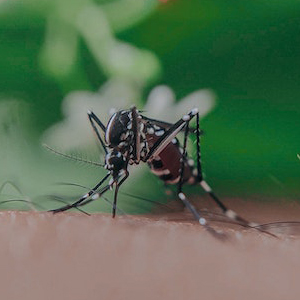Atypical presentation of West Nile encephalitis: a brief report and review of the current literature

All claims expressed in this article are solely those of the authors and do not necessarily represent those of their affiliated organizations, or those of the publisher, the editors and the reviewers. Any product that may be evaluated in this article or claim that may be made by its manufacturer is not guaranteed or endorsed by the publisher.
Authors
West Nile virus (WNV) causes both sporadic and epidemic infections, which may be accompanied by severe neurologic involvement. The infection is transmitted to humans primarily through mosquito bites, and the virus is maintained through a cycle in which birds serve as its primary host. The typical involvement of the central nervous system is indistinguishable from other pathogens’ meningitis and encephalitis. In this report, we describe an atypical presentation of WNV meningoencephalitis in an 81-year-old female patient who initially displayed psychiatric symptoms. Anamnestic information was crucial for diagnosing the correct condition. Upon learning that the patient lived near a natural bird reserve, the search for the agent responsible for meningoencephalitis was directed.
How to Cite

This work is licensed under a Creative Commons Attribution-NonCommercial 4.0 International License.
PAGEPress has chosen to apply the Creative Commons Attribution NonCommercial 4.0 International License (CC BY-NC 4.0) to all manuscripts to be published.






